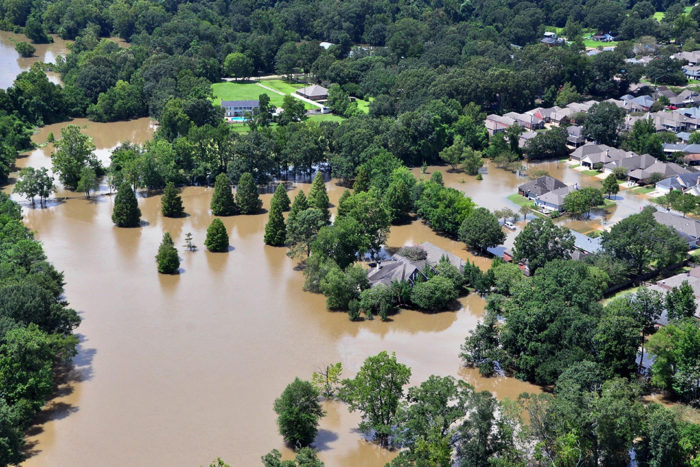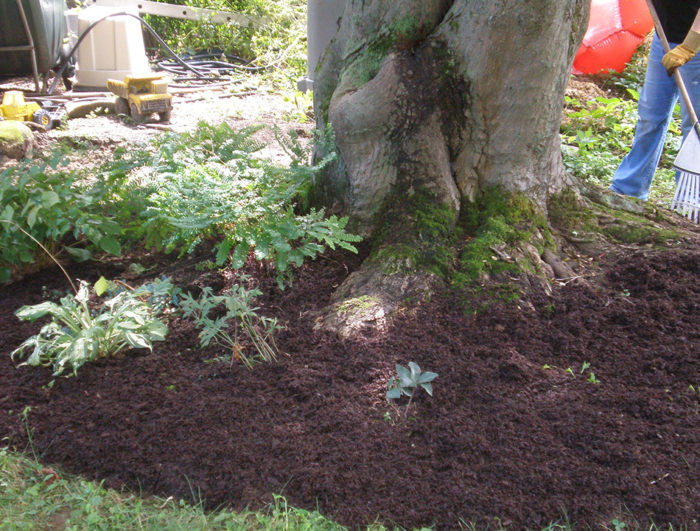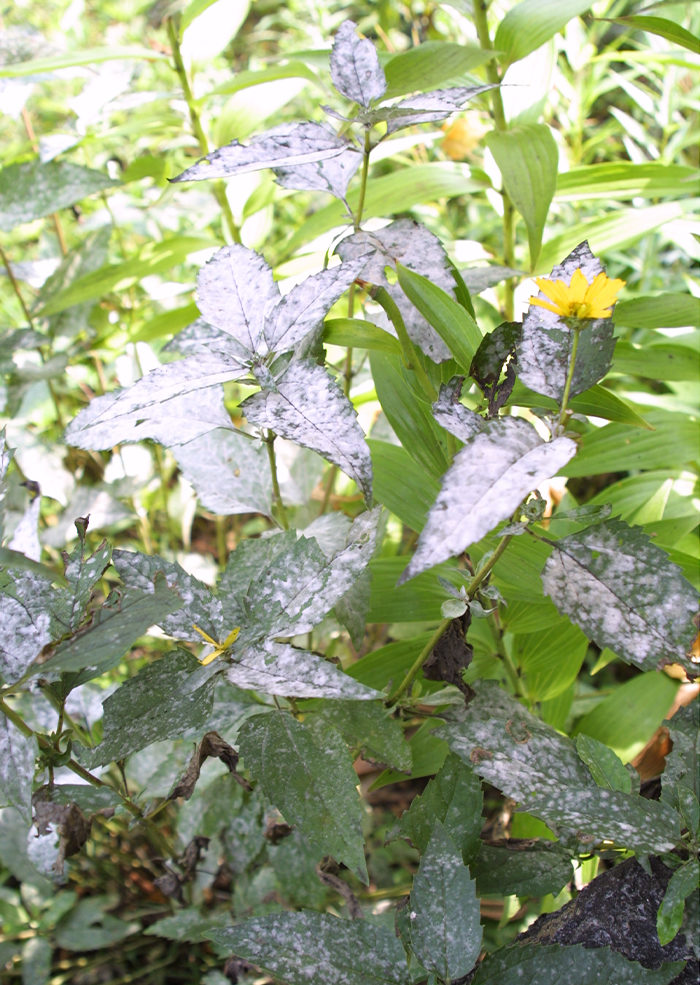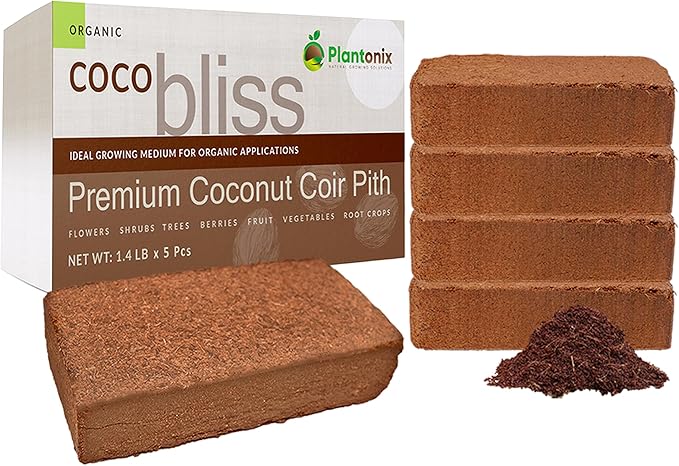
The constant variable of water—too much or too little— is a part of gardening in the South. However, too much rain at once is often the case in our region. If you search online for “rainiest cities” or “rainiest states” and ignore any results that come up about Hawaii, the most frequent results always skew toward the American South. Unfortunately, the story of flooding across the country, not just in the South, has recently become all too familiar. Of course, loss of home and livelihood for those impacted are the main concern, but for those who love or rely on their garden, recovery in that area of their life is also important. This regional report will focus on what to do when your garden is flooded, here meaning underwater for more than a day.
Flooding and waterlogged soils have restricted amounts of oxygen in them that limit nearly all of the plants’ normal processes. Plants that have experienced flooding often look wilted; this is not due to a lack of water, but to the plants’ inability to use the water available to them. Also, fruits and vegetables may not be safe to harvest after widespread flooding. Produce inundated with water may have come into contact with industrial or roadway contaminates, or unknown bacteria. It is best to err on the side of food safety and not consume anything that has been covered in floodwater.

Flooding reduces the oxygen in soils. It also impacts overall soil stability and how soil particles bind together. So the story of recovering from flooding in your garden is primarily a story of how to revitalize the soil. The balance of soil microbes will undoubtedly be impacted, and steps must be taken. First, let soil drain as naturally as possible. Rapid removal of water can lead to soil compaction in extreme situations. Channeling water away from the garden may be necessary, but if water can drain naturally, that is often best. Also, try not to walk extensively or run equipment on waterlogged soil; this can also lead to more compaction.
Flooding also removes nutrients from soils. Adding compost, manure, and mulch are a good way to return nutrients to the soil and encourage a healthy balance to your soil biome. When your soil starts to dry, test it for pH level. Flooded soils often become more acidic, so you may need to add agricultural lime to help bring your soil closer to a neutral pH. Don’t rush to work soggy soil. This can do additional damage to your soil structure. If you turn a spade full of soil over and water is visible in the hole, the soil is not ready to work.

Don’t be overly anxious to replant after the water recedes. Again, adding compost, manure, and mulch is recommended, but you need to give these additives time to balance your soil biome. Also, don’t prune flood-damaged trees and shrubs immediately. Yes, remove any broken, obviously dead, or hazardous limbs. But heavy pruning after flooding can cause even more stress to your plants. Be prepared for more disease and insect pressure on your flooded plants. Fungal diseases and root rot are common after flooding and excess rain. Additionally, stressed plants will be more susceptible to insects in general.
Seeing your garden flooded is a difficult experience. I have been through it once, and it was minor compared to what many have gone through; however, catastrophic events in the natural world also remind us of the resilience of nature. Whether you are a new or experienced gardener, learn about how best to recover from such events. This is also a great opportunity to help your friends and neighbors to get their gardens back on track.
—Andy Pulte is a faculty member in the plant sciences department at the University of Tennessee.
Fine Gardening Recommended Products

Ashman Garden Cultivator (1Pack)
Fine Gardening receives a commission for items purchased through links on this site, including Amazon Associates and other affiliate advertising programs.

Coco Bliss 650gm Bricks (5-Pack) - Organic Coco Coir
Fine Gardening receives a commission for items purchased through links on this site, including Amazon Associates and other affiliate advertising programs.

Razor-Back Potato/Refuse Hook
Fine Gardening receives a commission for items purchased through links on this site, including Amazon Associates and other affiliate advertising programs.



















Comments
Thanks for this information. I have a young sugar maple that is flooded every spring and it's looking pretty tired. I will top it up with compost and mulch next year when the water goes down and say a little prayer.
Log in or create an account to post a comment.
Sign up Log in